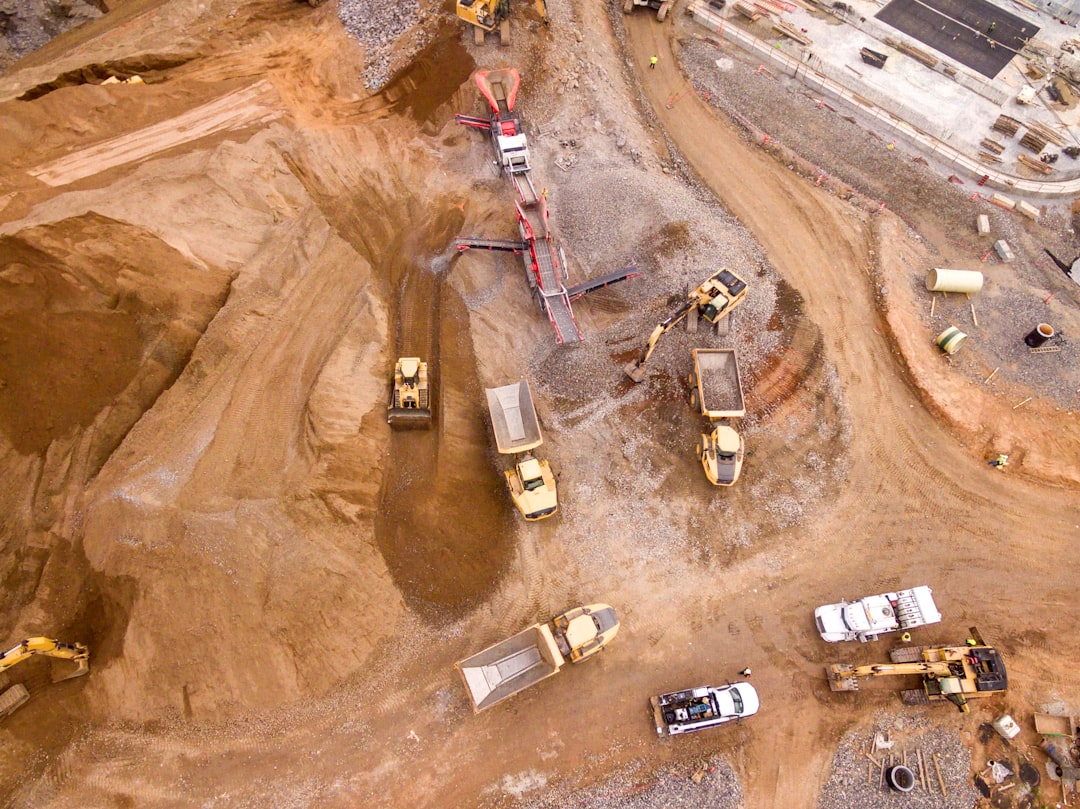What is it about?
This work hinges on ideas and practices such as ecological design, modular and incremental design, standardization, and flexible and temporal concepts in the design of spaces. The blurred edges between the traditional and modern technical aspects of building design, as addressed by both vernacular builders and modern architects, are explored.
Featured Image
Why is it important?
Starting with reviews on the construction of modernism and its fuzzy boundaries in the context of architectural development, the paper illustrates how environmental issues and technology are manifested in Asian vernacular examples. It also shows that scenographic interpretation is limited to construct any bridge between traditional and modern architecture, and only by examining principles of design knowledge/knowhow can transfer across time.
Perspectives
This work has two main objectives. First is to contribute to an important debate on the relevance of any edge between the traditional and modern aspects of design decisions and technology. This perceived gap is a limiting factor in appreciation of local forms and technology. Second is to highlight materiality, design innovations, and ingenuity in local architecture, particularly in Asian vernacular examples, that are at par with or are more instructive than that in modern buildings. This context opens up possibilities for embracing vernacular as a model for technically honed sustainable forms in the 21st century.
dilshad ara
Read the Original
This page is a summary of: Modernity in tradition: Reflections on building design and technology in the Asian vernacular, Frontiers of Architectural Research, March 2015, Elsevier,
DOI: 10.1016/j.foar.2014.11.001.
You can read the full text:
Contributors
The following have contributed to this page










